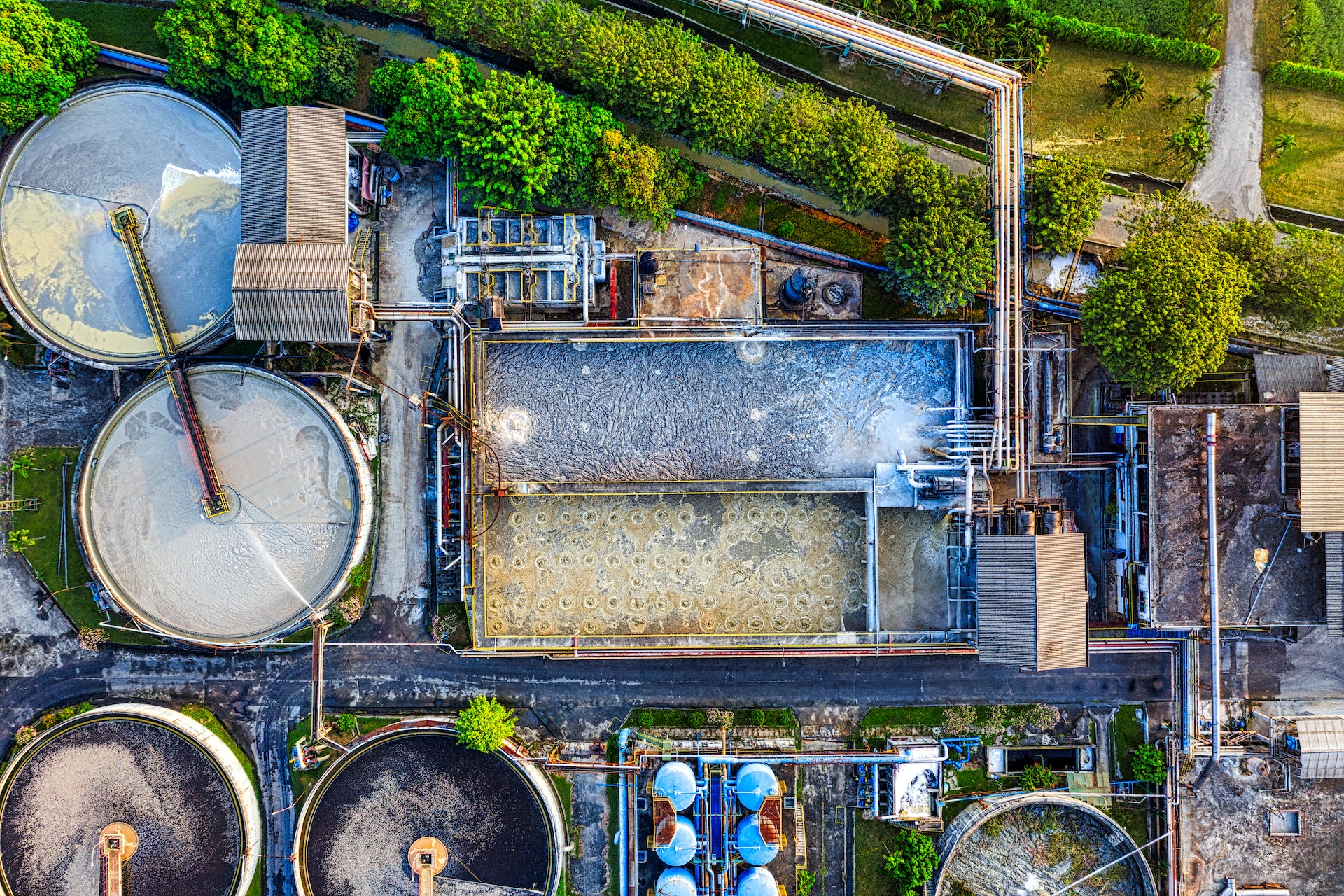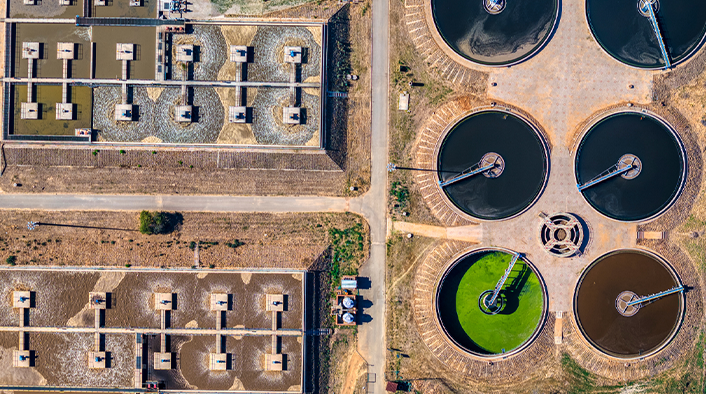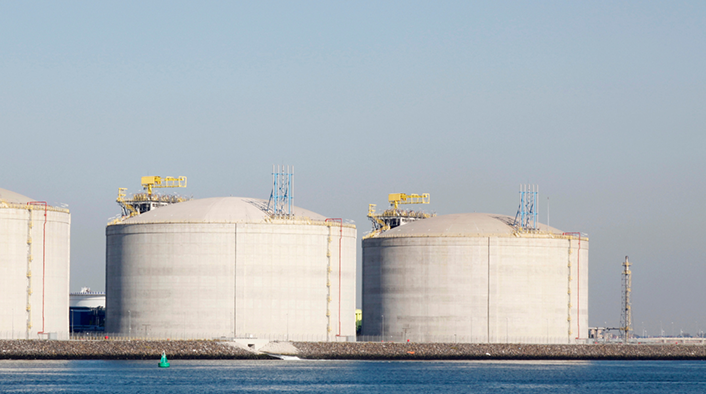
Water & Waste Water
The Water & Wastewater industry is essential for public health, environmental sustainability, and economic development. It encompasses the processes of water supply, treatment, storage, distribution, and wastewater management. The industry relies heavily on Operational Technology (OT) systems to monitor and control water quality, manage distribution networks, and ensure the efficient treatment of wastewater. As these systems become more integrated and digitized, the risk of cyber threats increases, making robust OT cybersecurity measures crucial. Compliance with industry standards and frameworks, such as ISA/IEC 62443, NIST SP 800-82, and the Cybersecurity and Infrastructure Security Agency (CISA) guidelines, is vital to protect these critical infrastructures from cyber attacks, ensuring the safe and continuous provision of water services.
Water Supply Treatment
Water supply and treatment involve sourcing water from natural resources such as rivers, lakes, and aquifers, and then treating it to meet safety and quality standards for human consumption. This sector relies on various OT systems, including Supervisory Control and Data Acquisition (SCADA) systems, Programmable Logic Controllers (PLCs), and Distributed Control Systems (DCS), to manage and monitor water treatment processes. Cybersecurity in water supply and treatment is critical to prevent contamination, service disruptions, and potential public health risks. Adhering to standards such as ISA/IEC 62443, NIST SP 800-82, and the Water Sector Cybersecurity Risk Management Guidance helps in implementing effective security measures. These standards provide guidelines for protecting control systems, conducting risk assessments, and developing incident response plans to safeguard water treatment facilities from cyber threats.


Water Storage & Distribution
Water storage and distribution involve storing treated water in reservoirs and tanks, and then distributing it through a network of pipes to consumers. This sector uses OT systems like SCADA, Remote Terminal Units (RTUs), and Geographic Information Systems (GIS) to manage storage levels, monitor distribution networks, and ensure the efficient delivery of water. Ensuring cybersecurity in water storage and distribution is essential to protect against unauthorized access, data breaches, and service disruptions. Implementing standards such as ISA/IEC 62443, the NIST Cybersecurity Framework (CSF), and CISA guidelines helps operators secure their infrastructure. These frameworks provide a comprehensive approach to risk management, access control, and continuous monitoring, ensuring the resilience and reliability of water distribution systems.
Wastewater Treatment
Wastewater treatment involves the collection, treatment, and disposal of wastewater from residential, commercial, and industrial sources. The process relies on OT systems such as SCADA, DCS, and sensors to control and monitor treatment plants, ensuring that effluents meet regulatory standards before being discharged into the environment. Cybersecurity in wastewater treatment is crucial to prevent environmental contamination, operational disruptions, and potential health hazards. Compliance with standards like ISA/IEC 62443, NIST SP 800-53, and the Cybersecurity Capability Maturity Model (C2M2) is essential for establishing robust security practices. These standards guide operators in securing control systems, conducting vulnerability assessments, and developing effective incident response strategies to protect wastewater treatment facilities from cyber threats.


 Electrical
Electrical